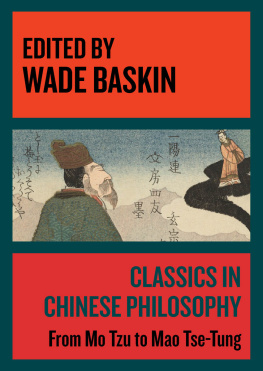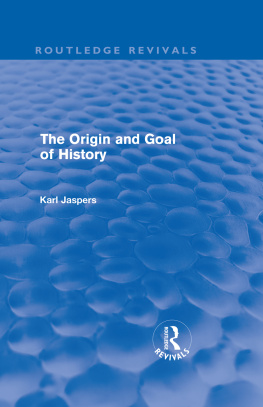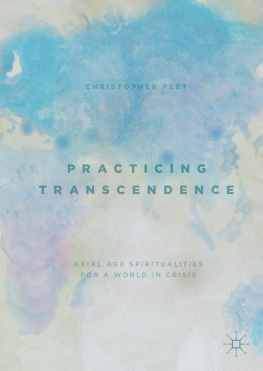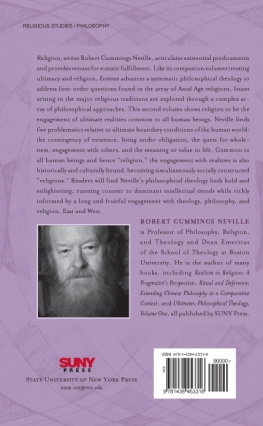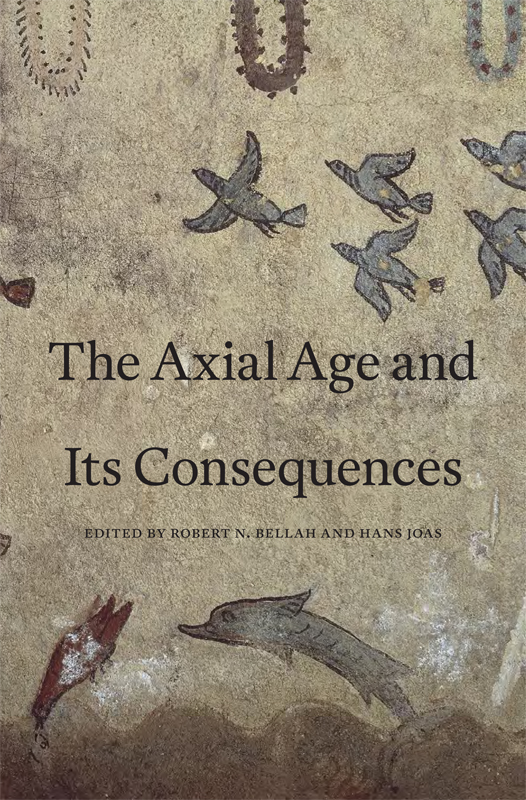The Axial Age and Its Consequences
The Axial Age and Its Consequences
EDITED BY
Robert N. Bellah and Hans Joas
THE BELKNAP PRESS OF HARVARD UNIVERSITY PRESS
Cambridge, Massachusetts, and London, England 2012
Copyright 2012 by the President and Fellows of Harvard College
All rights reserved
Jacket design: Tim Jones.
Jacket art: photograph Scala/De Agostini/Getty Images
The Library of Congress has cataloged the printed edition as follows:
The Axial Age and its consequences / edited by Robert N. Bellah and Hans Joas.
p. cm.
Rev. papers delivered at a conference held July 35, 2008 at the University of Erfurt.
Includes bibliographical references (p. ) and index.
ISBN 978-0-674-06649-6 (alk. paper)
1. Civilization, AncientCongresses. 2. Comparative civilizationCongresses. 3. Philosophy, ComparativeCongresses. 4. ReligionsCongresses. I. Bellah, Robert Neelly, 1927 II. Joas, Hans, 1948
CB311.A885 2012
930dc23 2012008329
To the memory of Karl Jaspers
Contents
ROBERT N. BELLAH AND HANS JOAS
HANS JOAS
CHARLES TAYLOR
Implications for the Study of the Axial Age
MERLIN DONALD
Anthropological Features of the Axial Age
MATTHIAS JUNG
Cultural Crystallizations and Societal Transformations
BJRN WITTROCK
Visionary Knowledge, Aphoristic Thinking, and Axial Age Rationality in Early Buddhism
GANANATH OBEYESEKERE
INGOLF U. DALFERTH
JOS CASANOVA
Problems in Thinking about the African Case
ANN SWIDLER
A Challenge to Historism or an Explanatory Device of Civilization Analysis? With a Look at the Normative Discourse in Axial Age China
HEINER ROETZ
Constructive and Destructive Possibilities
SHMUEL N. EISENSTADT
DAVID MARTIN
When, Where, and Why?
W. G. RUNCIMAN
JOHANN P. ARNASON
JAN ASSMANN
WILLIAM M. SULLIVAN
A Sociological Agenda
RICHARD MADSEN
Resource or Burden?
ROBERT N. BELLAH
Works on the Axial Age
ROBERT N. BELLAH AND HANS JOAS
The notion that in significant parts of Eurasia the middle centuries of the first millennium BCE mark a significant transition in human cultural history, and that this period can be referred to as the Axial Age, has become widely, but not universally, accepted. Since the very term Axial Age is unfamiliar to many, we may begin with a brief explication of it. It has become common to refer to certain texts in literature, philosophy, and even theology as classics, that is, as enduring subjects of interpretation, commentary, and argument that make them, whenever they were first composed, contemporary and part of the common heritage of educated people in our now cosmopolitan world. But if we ask when do the first classics appear, the answer is in the middle centuries of the first millennium BCE . The canonical Hebrew prophets, Amos, Isaiah, and Jeremiah, among others; the central texts of Greek philosophy, Plato and Aristotle in particular; the early texts of Chinese thought, the Analects of Confucius and the Daodejing (perhaps the most frequently translated text in the world); and early Indian texts such as the Bhagavadgita, and the teachings of the Buddha in the Pali Canon: these and others from the same period can be cited. We refer to these as texts, for that is how we know them, but many of them were composed orally and were not written down for some time. This fact, together with the fact that writing was in use in several areas in the third and second millennia BCE, indicates that it was not writing as such that led to the creation of classics, though writing was essential for their later dissemination. It was Karl Jaspers who thought that the appearance of these classics at the beginning of several major living traditions in the world justified the term Axial Age to describe the period in which they appeared. Hans Joas in his chapter describes the reasons Jaspers gave for this choice of terminology and the history of earlier attempts to understand the contemporaneous emergence of these traditions.
By seeing the Axial Age as the period of the emergence of formative traditions of religious and philosophical thought, traditions that have been greatly elaborated subsequently without the original formulations being left behind, the contributors to this volume are not implying that culture began in the Axial Age and that what went before it can be ignored. It is true that there are no classics in the sense defined above that precede the first millennium BCE . The tale of Gilgamesh might be cited as an exception, though it has only marginally entered the canon of world literature, but if so, it is the exception that proves the rule. Nevertheless, the Axial Age is only intelligible in terms of what went before it: a very long and very significant history in which human culture did emerge as a way of relating to the world shared by no other animal.
The chapters in this volume are revised versions of papers presented at a conference on The Axial Age and Its Consequences for Subsequent History and the Present held at the Max Weber Center of the University of Erfurt in Germany on July 3 to 5, 2008. The chapters on the Axial Age in Robert Bellahs then work in progress Religion in Human Evolution were distributed to the participants in the Erfurt Conference not as the focus of the conference itself, but only as a stimulus to which the participants could react or which they could ignore as they chose. It is, however, worth noting that these are the last four of eight substantive chapters in Bellahs book, and that they are preceded by chapters on the deep biological evolution of capacities that would make religion possible once our species had evolved; on religion among largely egalitarian tribal peoples; religion among chiefdoms, that is, early hierarchical societies; and religion in the great Bronze Age monarchies of the third and second millennia BCE : Mesopotamia, Egypt, and China. Bellahs book ends with the Axial Age and is much more concerned with its background than its consequences. So, while our conference from the beginning contemplated including papers dealing with consequences of the Axial Age right up to the present, Bellah, though he alludes briefly to some of those consequences in the final chapter of his book, is there mainly concerned with the Axial Age itself in relation to what preceded it. The editors left the matter of whether contributors would write about the Axial Age, its background, or its consequences entirely up to the contributors.
The evolutionary psychologist Merlin Donald has profoundly influenced Bellahs work on religion in human evolution, and it is Donalds chapter in this book that goes most deeply into the background without which the Axial Age is unintelligible. Donald has traced the evolution of human culture through four stages, with the first, episodic culture, being shared with other higher mammals. Distinctly human culture begins with mimetic culture in which meanings were expressed through bodily actions and gestures and language was absent or only incipient, and then goes on to mythical culture where full human language allowed narratives to arise and myth to form the focus of cultural organization. The fourth cultural capacity arose with the emergence of theoretic culture in the Axial Age, giving the possibility of universalizable discourse, but not replacing any earlier cultural form. In Donalds scheme each form of culture is reorganized with the emergence of successive capacities, but not abandoned. The details of Donalds position can be found in his chapter, but it is worth quoting from it in summary as to the relation between the various capacities:


